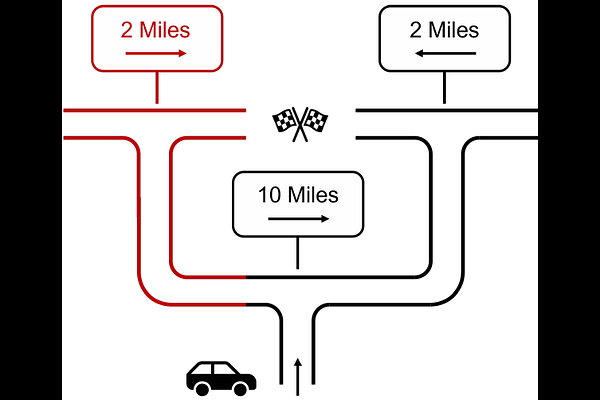A Theoretical Framework for Explaining Reinforcement Learning with Shapley Values

A Theoretical Framework for Explaining Reinforcement Learning with Shapley Values
Daniel Beechey, Thomas M. S. Smith, Özgür Şimşek
AbstractReinforcement learning agents can achieve superhuman performance, but their decisions are often difficult to interpret. This lack of transparency limits deployment, especially in safety-critical settings where human trust and accountability are essential. In this work, we develop a theoretical framework for explaining reinforcement learning through the influence of state features, which represent what the agent observes in its environment. We identify three core elements of the agent-environment interaction that benefit from explanation: behaviour (what the agent does), performance (what the agent achieves), and value estimation (what the agent expects to achieve). We treat state features as players cooperating to produce each element and apply Shapley values, a principled method from cooperative game theory, to identify the influence of each feature. This approach yields a family of mathematically grounded explanations with clear semantics and theoretical guarantees. We use illustrative examples to show how these explanations align with human intuition and reveal novel insights. Our framework unifies and extends prior work, making explicit the assumptions behind existing approaches, and offers a principled foundation for more interpretable and trustworthy reinforcement learning.